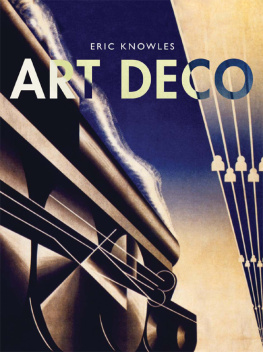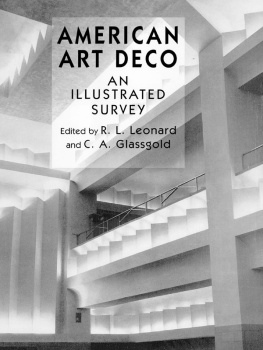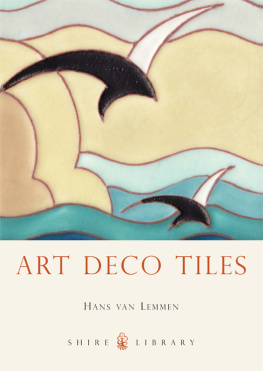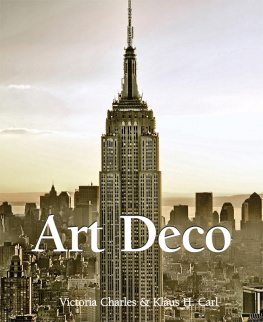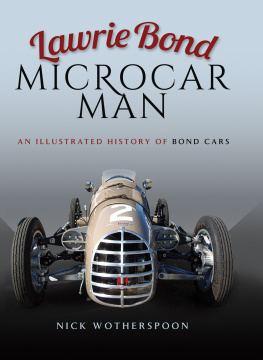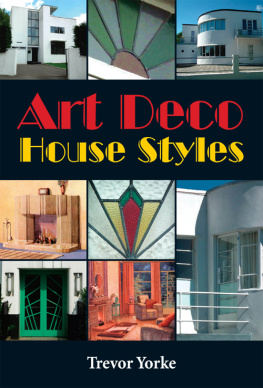First printed in hardback format in October 2010. First published in ebook format December 2011 by Veloce Publishing Limited, Veloce House, Parkway Farm Business Park, Middle Farm Way, Poundbury, Dorchester, Dorset, DT1 3AR, England. Fax 01305 250479/e-mail info@veloce.co.uk/web www.veloce.co.uk or www.velocebooks.com.
Ebook edition ISBN: 978-1-845844-85-1
Hardback edition ISBN: 978-1-845842-52-9
Barrie Down and Veloce Publishing 2011. All rights reserved. With the exception of quoting brief passages for the purpose of review, no part of this publication may be recorded, reproduced or transmitted by any means, including photocopying, without the written permission of Veloce Publishing Ltd. Throughout this book logos, model names and designations, etc, have been used for the purposes of identification, illustration and decoration. Such names are the property of the trademark holder as this is not an official publication.
Readers with ideas for automotive books, or books on other transport or related hobby subjects, are invited to write to the editorial director of Veloce Publishing at the above address.
British Library Cataloguing in Publication Data A catalogue record for this book is available from the British Library.
Typesetting, design and page make-up all by Veloce Publishing Ltd on Apple Mac.
Foreword
As a young, impecunious bachelor in England in the late 50s and early 60s, it was an economic necessity to own a pre-war vehicle in fact, most people were driving pre-war vehicles whilst they waited for prosperity to return. I learned first-hand the variety of models available to discriminating buyers in the 20s and 30s, and, as a member of the Vintage Sports Car Club, the joys of motoring in vintage and post-vintage thoroughbreds which, at that time, had little monetary value. One of the cars I had contact with was a 1935 Triumph Flow-free. At the time its only significance to me was its strikingly unusual and pleasing design. Many years later, my interests in automotive history and my connections with the worlds of engineering and industrial design prompted me to learn more about this vehicle. During my research I became aware of similar coups and saloons of the same period that had certain consistencies in their design and, most unusually, names that were more related to the field of aircraft design. There were distinctive styling characteristics common to all these that were essentially unique to British cars, and different from the styling expressions occurring in foreign marques. The existence of this phenomenon had been noted by several historians, but none had identified any trigger that had initiated it. Whilst visiting an Art Deco exhibition at the Royal Ontario Museum in Toronto in 2002, I recognized that Art Deco was not a standalone art movement, but was a social revolution that affected most people and products to a significant degree in the 1920s and 30s. In this book I have tried to validate Art Deco as the inspiration that led to this unique styling of British cars, but I have always kept foremost in my mind that this is a book about cars.
I must emphasize that: this is a book about cars. In general, its about car styling, but specifically, its about a style that emerged in Britain in the mid-1930s. For a very brief period it was contemplated by all the British manufacturers, and was exploited by a majority. In the motoring press of the time this style was known as Streamlining, but that word now has implications that did not exist in the 1930s, so today these cars are more often referred to as airline cars. This term is significant, first because many of these models were actually named Airline, and second because, except for a handful, they were all given names in similar vogue, each relating to the aircraft industry. There is a reason for this link, and this book explains how it was Art Deco that affected the contemporary society and impacted on the design of British cars in that short timeframe.
It is not a unique concept that a particular style would be universally expressed as recently as the 1990s the majority of cars bore a distinct resemblance to a well-used bar of soap. The reasons for this have so much to do with market acceptance, but it is not the purpose of this book to explain marketing; its purpose is to show the stunning designs made possible by this particular aspect of automotive marketing.
So, enjoy the airline cars. Some are downright gorgeous, one or two may even be considered ugly, but they are all interesting. I trust you will enjoy the experience as much as I have.
Barrie Down
Toronto
Acknowledgements
This book could not have been written without the support of family and friends, and the unqualified assistance of every car enthusiast who was asked for help, and, in particular, the following car clubs and their members;
Stephen Hall and John Spencer of the AC Owners Club
Nick Walker of the Alvis Owners Club
John Maddison of the British Salmson Owners Club
Graham Skillen of the BSA Front Wheel Drive Club
John Layte and Norman Luckhurst of the Hillman Owners Club
Noel Stokoe of the Jowett Car Club
Colin Bugler of the Lagonda Club
Ann Pilgrim of the Rapier Register
Tony Atkins and Mike Evans of the Rover Sports Register
Barbara Westlake of the Rolls Royce Enthusiasts Club
David Freeth and Martyn Wray of the Singer Owners Club
Phil Homer and Peter Lee of the Standard Motor Club
Peter Browning and Richard Blackiston of the Sunbeam Talbot Alpine Register
John Young of the Talbot Owners Club
Graham Shipman and Rob Green of the Pre-1940 Triumph Owners Club
Rob Green, Richard Blackiston, and John Kennewell for giving me the freedom to photograph their cars
Michael Ware of the Michael Sedgewick Trust for easing me through the search for a publisher
Patrick Collins of the National Motor Museum Library for being my interface with automotive history
Christiaan van Schaardenburgh of the Coventry Transport Museum for giving freely of his time and knowledge
Jan Valentino for leading me through the archives of the British Motor Industry Heritage Trust, and Karam Ram for performing the same function at the Jaguar Heritage Trust
Last, but by no means least, my wife Holly, for editing the text several times and for encouraging me at every stage.
The author and publisher are grateful to the following for supplying photographs and illustrations:
AC Cars Ltd
Bill Coffman (Spitfire Studio)
British Salmson Owners Club
Bruce Lindsay
BSA Frontwheel Drive Clu
Caister Castle Car Collection
Chris Down
Claude Gidman
Cliff Jones (www.motorcargallery.fotopic.net)
Coventry Transport Museum
Dan Vaughan (Concept Carz Publishing)
David Lawley
Francois Prins/Jaguar Heritage
Getty Images
Jaguar Heritage
Jan Van Hoorick
Joao Torrado
Jowett Car Club
LAT Photographic
Michael Bowler
Michael Worthington-Williams
Mike Evans
Miller/Offenhauser Historical Society (www.milleroffy.com)
Motoring Picture Library
Neill Bruce (Peter Roberts Collection)
Nels Anderson (www.trainsim.com)
Nick Walker
Ole Callesen
Pre-1940 Triumph Owners Club
Rapier Register
Robert Affleck
Robin Brown
Rolls Royce Enthusiasts Club
Science Museum (Science & Society Picture Library)
Singer Owners Club
Standard Motor Club
The Automobile Engineer
Tony Atkins
Tony Lord (The LordPrice Collection)
Trekfiler (under a Creative Commons Attribution 3.0 Unported License)
Wouter Melissen (www.ultimatecarpage.com)
www.standardmotorclub.org

Next page





